Advanced Micro Devices recently set a goal to improve energy efficiency of its accelerated processing units by 25 times by 2020. To achieve this goal, AMD will have to outpace historical energy efficiency trend by over 70 per cent, but the company claims it knows what to do and even outlined a roadmap about features it needs to implement.
There are several trends in the personal computing industry (note that PCs today are largely mobile PCs in different form-factors). First, devices need to get thinner, slimmer and lighter. Second, devices need to gain battery life. Third, user interfaces need to get more intuitive and user friendly. Fourth, overall performance and feature-set of devices need to improve. While the first two trends require consistent decrease of power consumption by PC components, another two require increase of compute performance. Unfortunately, it is impossible to improve processing speed at a rapid pace and lower power consumption significantly at the same time, which is why developers of devices and their components have to balance between the two.

When it comes to compute units, the balance between the amount of processing work they can do and their power consumption is called energy efficiency. The general term itself is very broad, abstract and does not exactly consider use cases. For example, if a 35W notebook processor offers two times higher performance than a 35W processor released a year ago, one could say that its energy efficiency improved by two times, but the problem is that 35W processors no longer fit into modern notebooks. As a result, in the real world one has to find ways to reduce power consumption slowly while gradually improving compute performance. In many cases, chip designers take step-by-step approach and focus on either performance or power consumption.
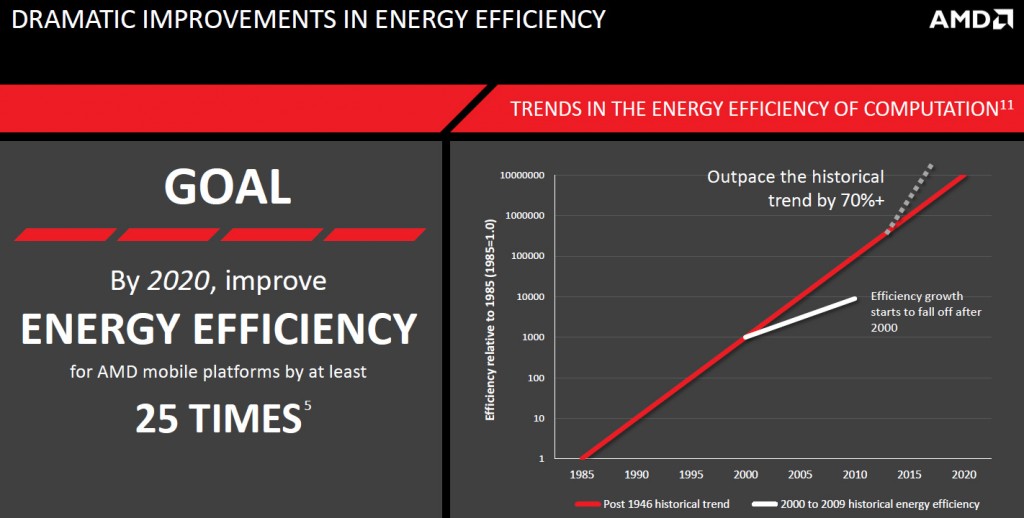
Historically power consumption and performance (and the balance between the two, energy efficiency) were determined by manufacturing technologies, micro architectural peculiarities as well as various hardware tweaks. For a number of years now AMD has been saying that in order to improve energy efficiency going forward, software needs to use the right hardware for particular tasks. Paralleled tasks need to be computed on highly parallel GPU cores (since it takes them less time to get the work done, they also consume lower amount of energy than genera-purpose cores), whereas serial tasks have to be performed on general-purpose CPU cores. AMD believes that as software starts to use heterogeneous processing capabilities of modern processing units through OpenCL application programming interface, energy efficiency of PCs will improve over time.
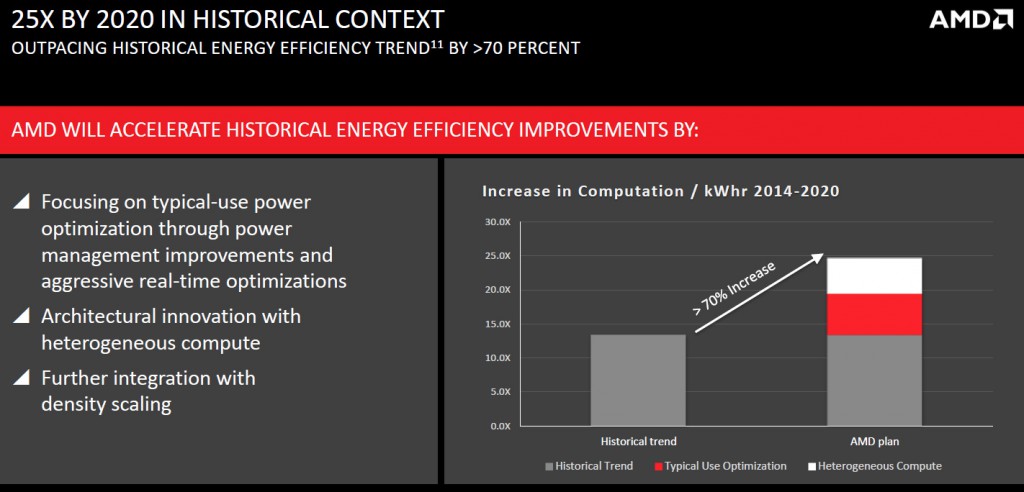
But while AMD pins a lot of hopes on its accelerated processing units and future software, it does not plan to give up improvements on the hardware level. Among the things AMD intends to implement in its next-generation APUs and CPUs are integrated voltage regulation, ability to scale voltage per every part of a chip, inter-frame power gating, voltage adaptive operation and so on, according to a presentation by the company. Among other things, AMD proposes to dynamically boost performance in certain applications to get the job done quicker and save power on the system level. At the same time, AMD plans to implement an intelligent technology that does prevents dynamic increase of clock-rates for apps that do not benefit significantly from higher frequencies. In general, AMD intends to enable its chips to fine-tune their performance based on workload and environment contexts.
It should be noted that reduced power consumption is only a part of the equation in the energy efficiency metrics. Performance is an important thing since low-performance chips will not able to compute next-generation workloads. Therefore, it is tremendously important that AMD's microprocessors based on the code-named “Xen” (x86) and “K12” (ARMv8) micro-architectures deliver higher performance compared to today's general-purpose cores; it is equally important that AMD's future graphics processing units also deliver significantly better performance than today's GPUs. Regrettably, AMD said no word about how it plans to increase performance of its central processing and graphics processing units or, at least, what kind of increases should we expect.
Traditionally, AMD sets goals, but does not reveal exact plans. It is unknown which technologies will be incorporated into next-generation Carrizo processor and which will be integrated into its successors. The only thing we do know is that AMD has a technology roadmap for many years to come and that plan will be gradually executed.
Discuss on our Facebook page, HERE.
KitGuru Says: While AMD sets pretty ambitious goals in terms of improving energy efficiency of its platforms, one should keep in mind that a lot of things depend on third-party PC components, software, workloads and use scenarios. As a result, expect AMD (and others’) compute platforms to gain energy efficiency going forward, it is just a natural process. Still, when it comes to commercial products, they need to hit actual performance and power consumption targets to be successful, not just feature abstract energy efficiency.
 KitGuru KitGuru.net – Tech News | Hardware News | Hardware Reviews | IOS | Mobile | Gaming | Graphics Cards
KitGuru KitGuru.net – Tech News | Hardware News | Hardware Reviews | IOS | Mobile | Gaming | Graphics Cards


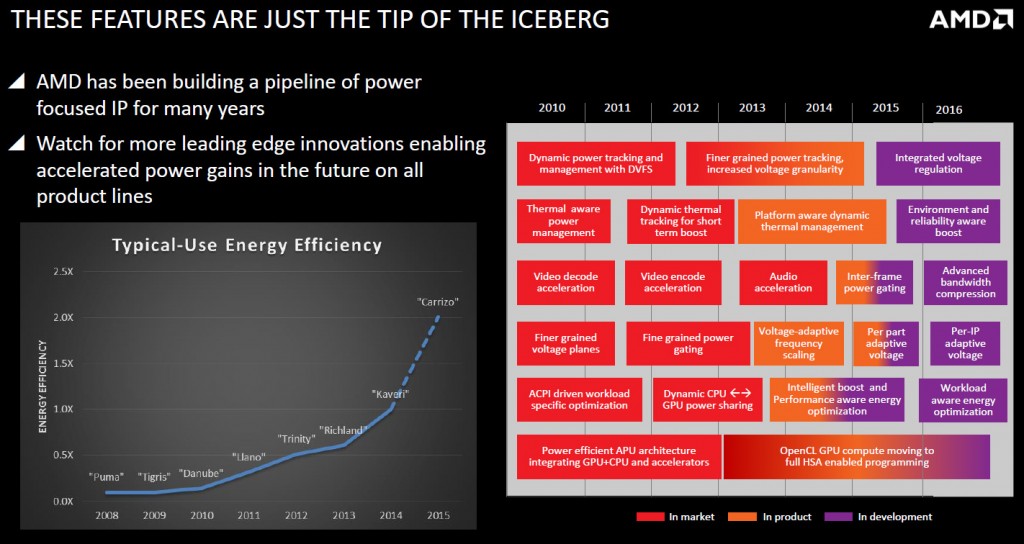
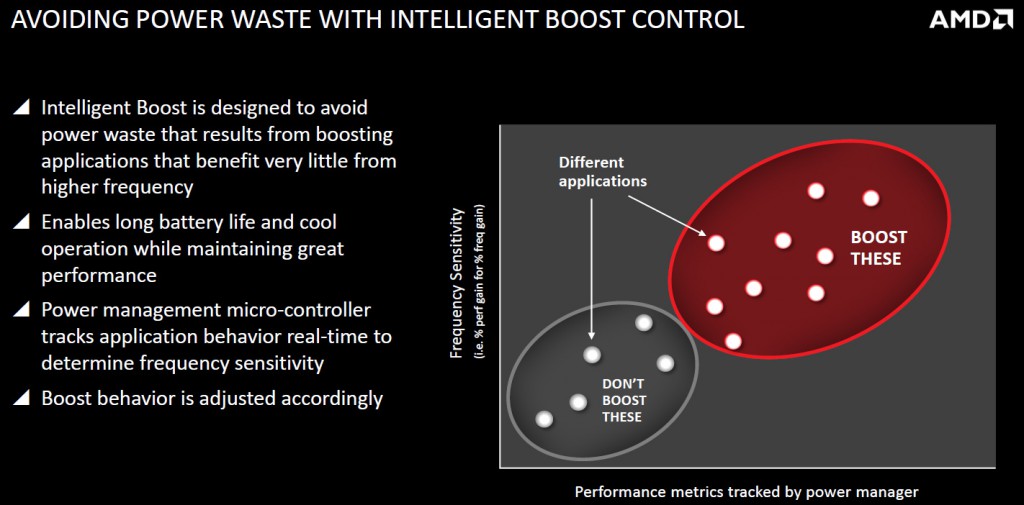
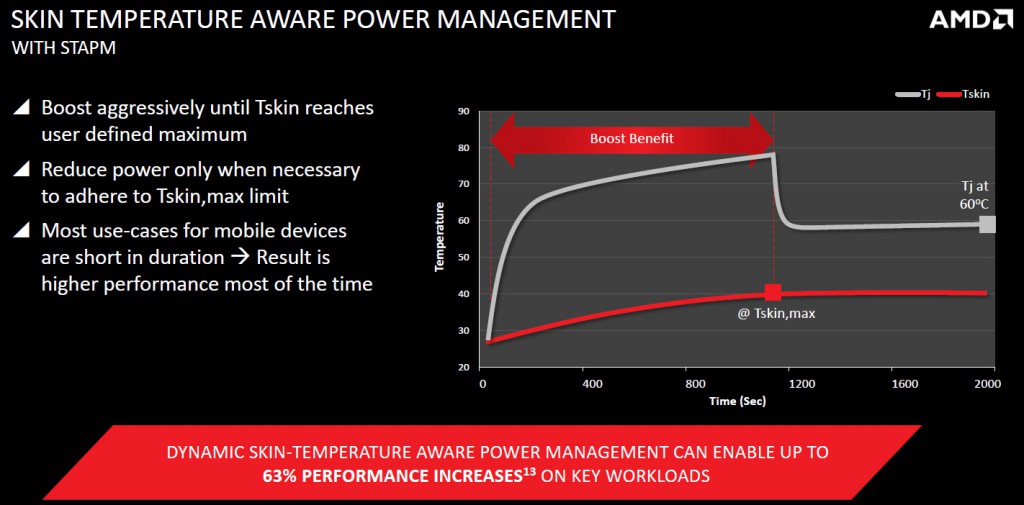
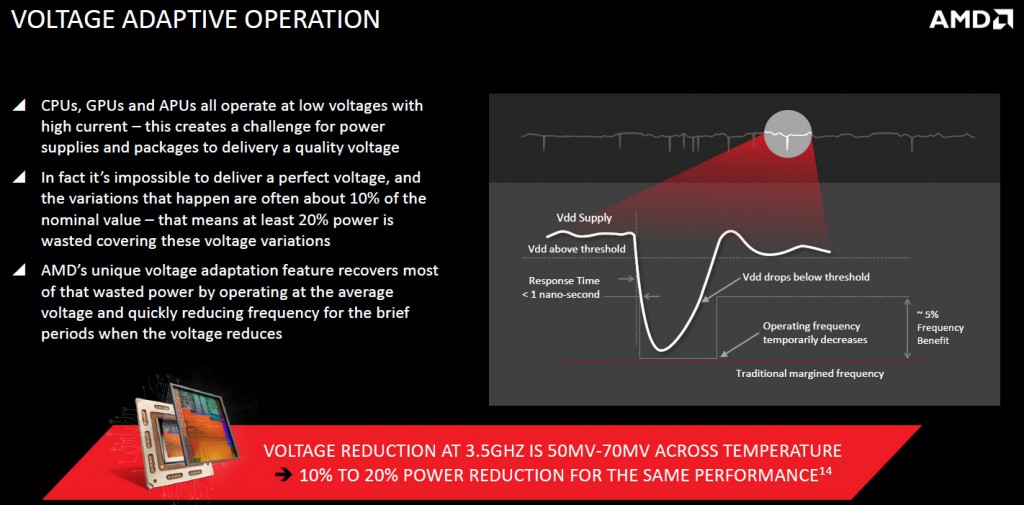

They need samsumg for this
Man I am a little worried about them integrating the voltage regulator. Intel did it and they had problems with heat causing overclocking ability to compromise. The last thing amd needs is this even though power consumption improves
What they need is to Focus more on the FX Cpus and STFU about their APUS.
Read from some other site that AMD is studying were to use the voltage regulators as they are aware of the issues they cause if used throughout all the design. So I guess they must be planning on some effective execution of the VRs.
At this rate, there won’t BE an AMD by 2020.
Eeeeeh….while their Desktop CPU market is dying…GPU and APU are going strong (APU because of consoles).
It’s true that it doesn’t look good right now…but next years RX 300 series will likely sell like hotcakes, judging by the first benchmarks. And the mobile market is definitely still an open playing field.
Especially since AMD is combining their own CPUs with ARM cores while keeping pin compability. One could say that the losses from 2012 o 2014 were very expected…even from AMD.
Carrizo, Zen, RX 300 -> If only ONE of the 3 succeeds….AMD can keep going. And the odds aren’t bad.
FX line is dead.
2012 the last FX CPU came out. (The 2013/14 models are just rebrands with adjusted clocks)
The Desktop market is rather dying…and going against Intel with the current architecture is not going to happen.
The first real CPUs from AMD are coming 2016 and are called “Zen”. They will be on a new socket and finally have real cores again.
As for FX…like I said…anyone expected a revival of AM3+ is a fool. Anyone expected AMD to actually make Excavator based FX chips is also a fool.
Their modular design failed…AMD knows this. That is why you only see them in new APUs while they work on a new architecture.
Let’s not forget AMD dumped all concerns for performance out of the windows and went the energy optimization route. They claim they want 25x the efficiency by 2020. If that really worked out then heat will not be an issue even with internal VRs…why? Because 2-5W CPUs can’t create a whole lotof heat even if they want to XD
whats with the re-post? this was news months ago…
as for ‘how they might increase CPU perf’ there’s already many things speculated about zen that should hit the target, full dedicated core units for one thing, Kaveri even showed it could beat an i7 (cant remember which one but it was a high-end 4th gen) in raw cache throughput due to it’s unified memory, however was let down by a handful of bugs quite evident in some specific benches.
Carrizo might be interesting though to see how far it catches up in raw CPU, but it’s also the worlds first _full_ HSA 1.0 spec architecture…
To say the desktop market is dying is a pretty dumb assumption. The desktop market is never going to die as long as there are hardcore gamers and Power users that need the extra horsepower. If Zen is going to Force APUs on their 8 core cpus then I am probably never going to go Amd ever again, and just switch over to an intel 2011 socket. To have an integrated gpu is a waste of die space and those transistors can go to additional cpu cores or integration of newer cpu tech.
Dying was probably a harsh word to choose. But fact is that the classic PC as we know it is selling less and less. The market is shrinking…fast. So it’s not going to entirely disappear within the next few years but eventually it might.
But SoC PCs WILL become a thing. Even if you laugh at AMDs plans about their APUs and SoCs…Intel as well has already recognized this and in 10ish years you will probably have a hard time if you still want to buy CPUs and GPUs as single units and not part of a SoC.
Also that Zen might have a graphics core on-die is quite a possibility. I mean Intel, too has GPUs on their CPUs most of the time by now.
The classical CPU WILL die in the years to come if you like it or not.
Also while right now HSA support is a bit low…once game companies as well pick up on HSA support…the GPU space will not be wasted anymore. Think about it… even if you happen to have a dedicated GPU…Intels and AMDs integrated GPUs ARE able to speed up applications with HSA.
HSA enabled applications will be able to use the GPU and CPU cores at the same time…AND have it use the same system memory AT THE SAME TIME.
I would guesstimate (this is not based on any science, just on observation) that in 5 years tops…games will have HSA support and that will be the normal thing to do.
And in 10 years you will see even “hardcore gaming” being done almost exclusively on SoCs.
Keep in mind that adding more and more and more cores can only yield so much of a benefit…but having a different type of cores (GPU cores) that can actually utilized with HSA could boost games more than going from 8 to 16 to 32 to 64 CPU cores.
As CPU cores are actually somewhat “limited”
I’m not saying AMD is ahead of its time…but once again they are pioneering something that Intel WILL adapt for sure…like it has happened many times before. HSA is the future just as much as SoCs are.
We are probably only going to see 2-3 more generations of CPUs and GPUs before the lines will blurr a LOT.
Nvidia as well is working on SoCs….all 3 giants are(AMD/Intel/Nvidia).
I don’t have any idea how could this be reality. They literally can’t even increase the efficiency of Phenom CPUs on desktops. However I don’t know anything on the APU world. But I still doubt how they can increase efficiency by 70 percent even in APUs as they haven’t show us that they’re able to do it. But there is hope and I hope this is reality…
They will be kept alive by the current consoles sales. Which will probably be mass produced until around 2018.
I wouldn’t say they can’t. I’ve had devices become too hot to touch if I leave them running on benchmarks and stuff. And those were ARM devices.
Good move. AMD currently can’t compete at the high end of the shrinking desktop market. Full desktops will soon become more of a specialist thing or for high end gaming where their CPUs won’t compete with Intel. They can however make smaller chips for small PCs that sit under TVs etc. I wish AMD good luck, without them Intel would not be required to innovate at all, nor compete in pricing.
I’ve been making 85 dollars/h since i started working online six months ago… My job is to sit at home several hours a day and do some basic jobs i get from this company that i found over the internet… I am very glad to share this to you… it’s an amazing job
-> CHECK HERE WHAT I DO… <-
While I do see that HSA does have some tremendous benefits to General compute tasks, this confuses me further as to why AMD wants to integrate ARM chips. Arm doesn’t seem like an ISA made for number crunching, but rather for maintaining simplicity for systems that need to remain cost effective. One day when we are at a scale beyond Nanometers, maybe SOC/APUSs will trump the need for dedicated Hardware. IF zen does include HSA support and proves to be more effective than intel, I might change my plans. Just right now the 5820k looks pretty enticing with its entry level price, 4 additional threads that can enable me to run intense programs in the background while gaming and with DDR4 prices soon to plummet, It looks like an attractive option.
I think APU will be the norm starting from next year as they are cheaper from where I live….
Problem is that educational facilities like universities and colleges constantly throw bad lessons to save money, especially when programming languages or standards that are required by them.
The reality is that software wise, its going to flow according to whomever has the most money, and is likely irrelevant to hardware sales or projections.
Like C being the most common and versatile language for a foundation over object oriented bugfests.
As much as we want people to efficiently code in a language and standard to speed up the use of HSA (Low level programming), corporations like oracle and Microsoft may want to reap profits off of selling their OOP (high level) based languages first.
Simplicity sells better, so half of a decision is almost always business related.
Your investors aren’t programmers, just living and walking moneybags.
Chances are, Intel will likely underachieve and start oweing more to their investors as there are less and less competition, and they may lower their profit forecast much lower if that happens to ‘play safe’ but not gain a lot in profits.
One day there might be another competitor joining the fray though, its not like none of the huge corporations won’t go into this market without watching how Intel and and play out first.
That’s wierd though because Arm requires more programming and Ram usage than X86